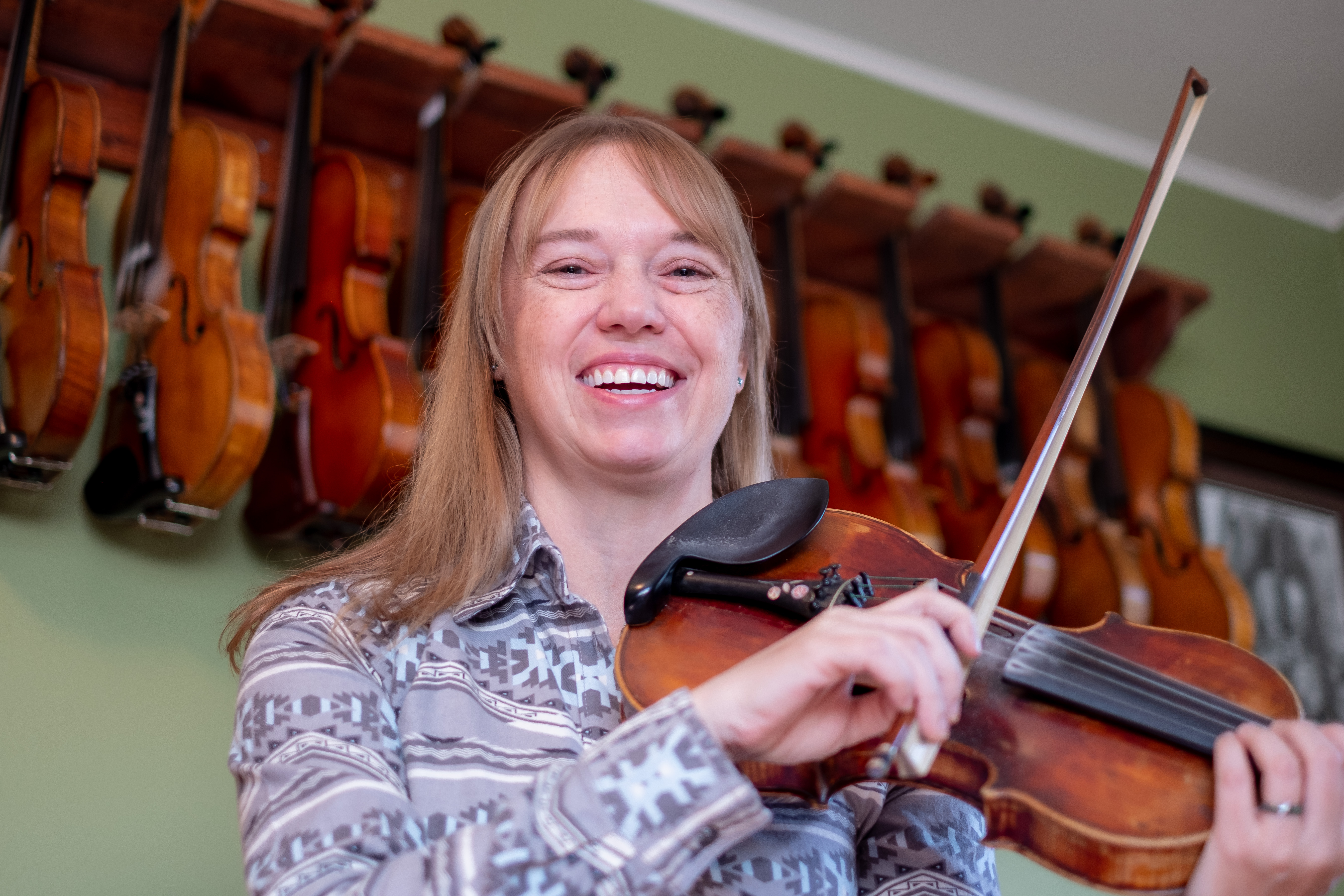Brown announces updates to county risk levels
Published 10:30 am Tuesday, December 29, 2020
SALEM — Six Oregon counties, including Morrow County, moved out from under the governor’s “extreme risk” designation for spreading COVID-19, according to a press release from Gov. Kate Brown’s office.
In addition to Morrow County, Baker, Clatsop, Coos, Douglas and Lincoln counties were moved down to the “high risk” category.
Trending
“After weeks of diligent work by local leaders and public health officials to implement health and safety measures in their communities, this week’s county data is a welcome sign that we are making progress in stopping the spread of COVID-19 in Oregon,” Brown said in the press release.
The revised ratings go into effect Jan. 1, 2021.
There are 23 counties, including Umatilla and Union counties, that remain in the “extreme risk” category. No counties are considered “moderate risk,” while there are seven counties in the “lower risk” category, including Wallowa County.
Counties are assigned one of four risk levels based on the spread of COVID-19 infections: extreme, high, moderate and lower. The higher the level, the more restrictions on activities, businesses and gatherings.
Brown praised the counties that moved down on the list, but said ratings can move up again if infection rates increase.
“If communities let down their guard too early, we could see our hard-won progress unravel just as quickly,” Brown said.
Trending
The levels are reviewed every two weeks. The next report will be Jan. 15, 2021.
Baker County moved to the “high risk” category on Wednesday, Dec. 30, due to a corrected oversight in the initial risk level calculations for the county. The original data for calculating Baker County’s risk level included nine cases from adults in custody at Powder River Correctional Facility in Baker City, which should not have been included in the county’s risk level metrics.
Because adults in custody do not interact with members of the broader community, the Oregon Health Authority is subtracting these cases from Baker County’s risk level calculation, something that is done with all other counties that have correctional facilities. This reduction in number of cases (from 68 to 59), along with the county’s two-week positivity rate of 7.9%, allows for the move in categories.
Since February, the Oregon Health Authority has reported 110,545 positive tests for COVID-19 and 1,433 deaths.
There have been 19.3 million cases nationwide, causing more than 335,000 deaths, according to the Johns Hopkins Coronavirus Resource Center. The center reports over 81.5 million cases worldwide, with 1.78 million deaths.
Every classification has different restrictions. When counties jump down in risk, restrictions ease slightly. For example, in high-risk counties, restaurants and bars can serve people indoors with limited occupancy. At the moderate level, restaurants can seat up to 50% capacity, with a maximum of 150 people. But even at the lowest risk level, counties will face limits on what is allowed. Bars and restaurants can allow up to 50% indoor capacity, which could be up to 300 people. Outdoor venues cannot exceed 300 people. Retail stores and indoor places of worship area also limited to 75% capacity.
The first doses of vaccines, however, have started arriving in Oregon, with St. Anthony Hospital in Pendleton and Good Shepherd Medical Center in Hermiston beginning vaccinations on Monday, Dec. 28. Oregon hopes 100,000 people receive their first COVID-19 vaccines before the end of the year. Vaccines are being given first to essential workers, communities that have been hit hard by the disease and people who are particularly vulnerable for severe complications.
Yellowhawk Tribal Health Center began vaccinations of health care workers on Dec. 18.
“Every week, more Oregonians are being vaccinated against this deadly disease,” Brown said in the press release. “But, until vaccines are widely available with high participation rates, the surest way to open our communities is to continue practicing the measures we know are effective in reducing the spread of COVID-19 — wear your mask, keep physical distance from others, avoid gatherings, wash your hands often, and stay home when you are sick.”
———
Oregon Capital Bureau Reporter Gary A. Warner and Oregon Public Broadcasting reporter Lauren Dake contributed to this report.
Lower Risk (7)
• Gilliam
• Grant
• Harney
• Lake (moved from moderate)
• Sherman
• Wallowa
• Wheeler
Moderate Risk (0)
• No counties
High Risk (6)
• Baker (moved from extreme)
• Clatsop (moved from extreme)
• Coos (moved from extreme)
• Douglas (moved from extreme)
• Lincoln (moved from extreme)
• Morrow (moved from extreme)
Extreme Risk (23)
• Benton
• Clackamas
• Columbia
• Crook
• Curry
• Deschutes
• Hood River
• Jackson
• Jefferson
• Josephine
• Klamath
• Lane
• Linn
• Malheur
• Marion
• Multnomah
• Polk
• Tillamook
• Umatilla
• Union
• Wasco
• Washington
• Yamhill









